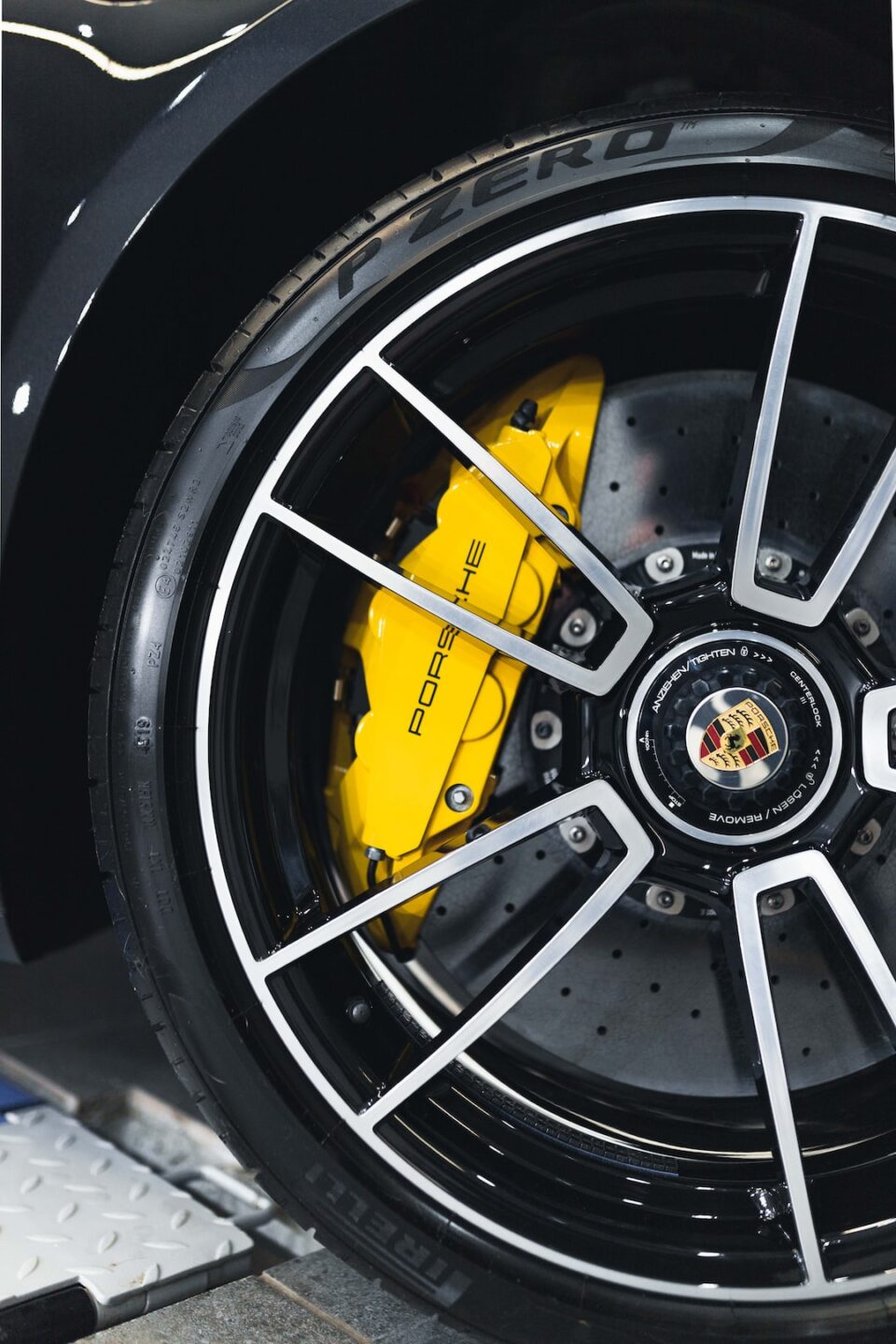Exploring the Future of Car Connectivity
The automotive industry is undergoing a technological revolution with the integration of advanced connectivity features in vehicles. From the early days of simple radio systems to the current era of integrated infotainment systems, car connectivity has come a long way. However, this is just the beginning. The future holds immense possibilities for further advancements in car connectivity, promising to transform our driving experiences. In this blog post, we will explore some exciting trends and technologies that could shape the future of car connectivity.
1. 5G Connectivity: One of the most significant advancements in car connectivity will be the implementation of 5G technology. With its lightning-fast speeds and low latency, 5G will enable seamless data transfer between cars and their surroundings. This will facilitate real-time traffic updates, enhanced navigation systems, and coordination between vehicles to avoid accidents and traffic congestion. Additionally, 5G will unlock the potential for connected autonomous vehicles, allowing them to communicate with each other and the infrastructure, making our roads safer and more efficient.
2. V2X Communication: Vehicle-to-Everything (V2X) communication is another crucial aspect of future car connectivity. V2X enables vehicles to communicate with each other, as well as with pedestrians, infrastructure, and even smart cities. This communication can provide drivers with vital information like road conditions, traffic warnings, and nearby accidents. Moreover, V2X will play a crucial role in enabling cooperative driving, where vehicles can coordinate with each other to optimize traffic flow and avoid collisions.
3. Augmented Reality (AR) Heads-Up Display: Augmented Reality (AR) is set to revolutionize the way we interact with our vehicles. AR-enabled heads-up displays (HUDs) will project important information, such as speed, navigation, and warnings, onto the windshield. This will allow drivers to keep their eyes on the road while still accessing crucial information. Furthermore, AR HUDs can provide virtual overlays, highlighting objects and obstacles in real-time, making driving safer, especially in adverse weather conditions.
4. Biometric Authentication: As cars become increasingly connected, security becomes a paramount concern. Biometric authentication systems, such as fingerprint and facial recognition, will ensure that only authorized individuals can access and operate vehicles. This technology will not only enhance security but also enable personalized in-car experiences, automatically adjusting seats, temperature, and music preferences based on the detected driver.
5. Internet of Things (IoT) Integration: The Internet of Things (IoT) has the potential to transform the way cars interact with the surrounding environment. By integrating cars with IoT technologies, vehicles can communicate with smart homes, smart cities, and even individuals’ personal devices seamlessly. Picture a scenario where your car automatically adjusts the thermostat at home or prepares your morning coffee as you approach your driveway. With IoT integration, cars will become an integral part of our interconnected digital lives.
6. Over-The-Air (OTA) Updates: Gone will be the days when you had to take your vehicle to the service center for software updates. OTA updates will enable cars to receive software upgrades wirelessly, just like our smartphones. This means that your car’s infotainment system, safety features, and even performance can be continually improved and updated without any hassle. OTA updates will not only enhance the user experience but also ensure that vehicles are always equipped with the latest security patches.
7. Seamless Integration with Smart Devices: Smart devices, such as smartphones and wearables, have become an intrinsic part of our lives. The future of car connectivity will seamlessly integrate these devices with vehicles. Imagine effortlessly transferring your desired music playlist from your smartphone to your car’s audio system or receiving notifications and messages directly on your car’s display. This integration will make the driving experience more connected, personalized, and convenient.
In conclusion, the future of car connectivity is filled with exciting possibilities. From 5G connectivity and V2X communication to AR HUDs and IoT integration, these advanced technologies promise to transform the way we drive. With enhanced safety, personalized experiences, and improved efficiency, the future of car connectivity is set to revolutionize the automotive industry. Buckle up, because we are entering a new era of connected cars!


